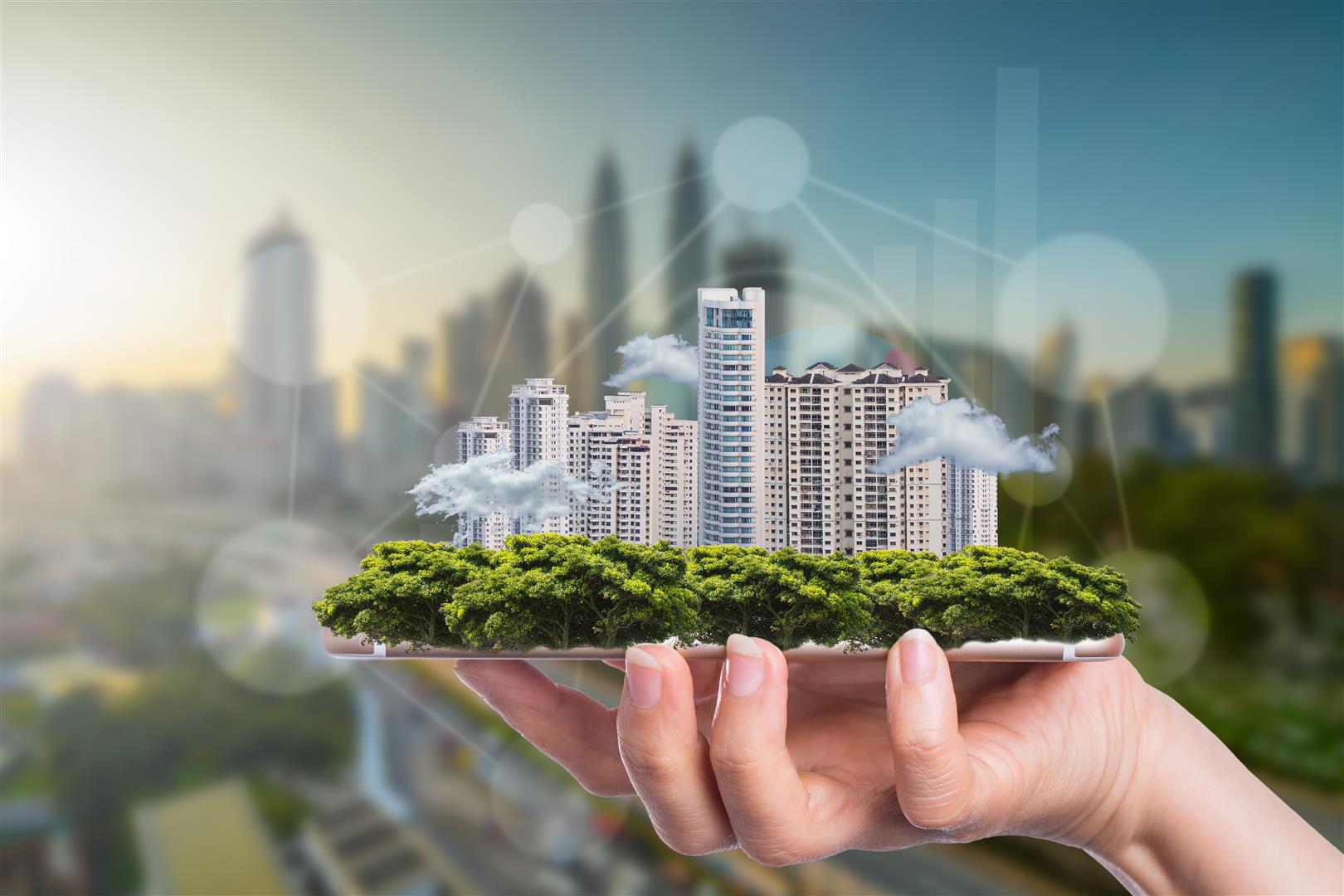
The Thai government has a policy to drive Thailand toward “Thailand 4.0” by using holistic economic development in a 3D economy. This new economic model is called "BCG," for Bio-Circular-Green, which consists of three interlinking dimensions:
Bioeconomy is the use of biological resources to create added value by focusing on the development of high-value products;
The Circular Economy, which focuses on preserving the value of resources by reducing their use or circulating and reusing them, reducing greenhouse gas emissions, reducing pollution problems, and creating a new economy;
The Green Economy fosters social development and environmental preservation in a balanced, parallel manner, to achieve stability and sustainability simultaneously.
To create a BCG economy that can grow to compete on a global scale, generate income distribution to communities, reduces inequality, strengthens communities, and leads to environmentally friendly and sustainable development, Thailand has formulated a “driving plan” with the BCG economic model for the years 2021-2027, initially with three development frameworks:
1. Conservation, restoration, management, and utilization of biological and cultural resources;
2. Value creation for biological and cultural resources;
3. Building self-reliance abilities.
The plan focuses on several major areas, which are discussed below.
1. Agriculture and food: Restructuring the entire system of agricultural production will have the potential to increase the GDP of the agricultural sector from 1.3 trillion baht to 1.6 trillion baht, by increasing the variety of agricultural products with a decision support system based on technology and consumer behavior analysis, leading to precise production in line with market demand, as well as reduction of waste, real-time monitoring and tracking of productivity, and reduction of forest encroachment. As for food products, it has the potential to increase the GDP value from 0.6 trillion baht to 0.9 trillion baht by encouraging Thai entrepreneurs to improve quality, create better standards, improve product safety, and upgrade to become a green industry.
2. Health and medical: Nowadays, the value of health and medical products, especially the pharmaceutical and medical products that can be produced within the country, is worth only about 40 billion baht. Thailand, therefore, has to accelerate the development of capabilities in the creation of innovative medicines, vaccines, biological drugs, and medical devices, as well as improving the management of clinical research and medical science data, supporting product registration to reduce imports, and focusing on preventive medicine rather than treatment. These developments may increase the value of GDP in this category to 9 billion baht.
3. Energy, materials, and biochemicals: The total GDP value of energy, materials, and biochemicals is approximately 110 billion baht. It is considered a group with high growth potential, thanks to government policies that may increase the proportion of renewable energy to 30 percent in 2037. In the energy sector, it emphasizes adding value through the development of highly efficient energy production innovations, capable of supporting a variety of waste types and properties, such as industrial waste, household waste, crops, produce, and other waste materials. These are resources that can be recycled in the form of renewable energy sources, compounds or products, chemicals, and biomaterials with high value and added value, such as bioplastics, fibers, pharmaceuticals, and oleochemical products, which have the potential to increase the value of GDP in this category to 260 billion baht.
4. Tourism and the creative economy: Tourism focuses on the distribution of tourist attractions to secondary cities, development of transportation infrastructure, digital development, products and services operated by the local community. The focus is on quality markets and establishing standards for convenience, cleanliness, and safety, together with promoting the identity of each area and adjusting the behavior of tourists. Rehabilitating and developing degraded natural resources can turn them into creative tourist attractions. It is also essential for entrepreneurs to reduce the impact of climate change on their business operations. Taking these steps may increase the GDP value to 1.2 trillion baht.
Development of the creative economy focuses on providing better experiences to tourists through Thai food tourism, sports tourism, health tourism linked to Thai traditional medicine, art and cultural tourism, and agricultural tourism.
5. Circular Economy: Thailand is currently in the process of transitioning to a circular economy, by realizing that the circular economy is a value-based economy that balances human coexistence with nature, supporting the Paris Agreement to reduce greenhouse gas emissions. Most importantly, it is an opportunity to create a new economy, generate income and increase employment. It is estimated that in 2027, the circular economy will generate economic value of no less than 1% of GDP.
Source : National Science and Technology Development Agency (NSTDA)
Tel : +66 2564 7000